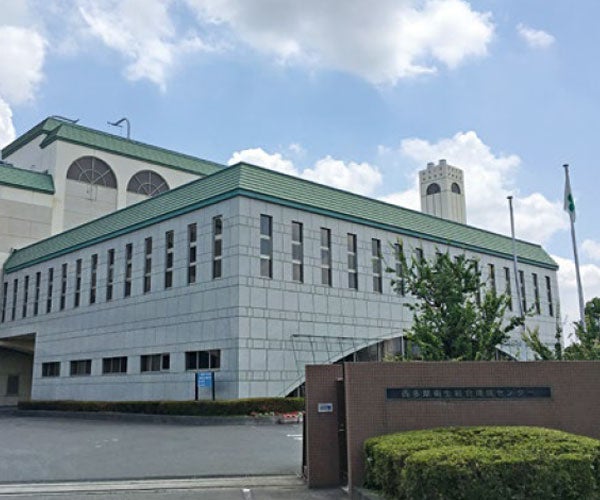
Case Study: GORE® REMEDIA® Catalytic Filter Bags – Municipal Solid Waste Incineration, Nishitama Eisei Kumiai, Hamura City, Tokyo, Japan
Case Studies, 119.62 KB
A municipal solid waste incineration plant in Hamura, Tokyo, was using powder-activated carbon injection to control dioxin/ furan emission. The plant management needed a solution to two simultaneous challenges: Increasing the facility’s waste incineration capacity by 14 % while mitigating the surrounding neighborhood’s concerns of high dioxin/furan emission.
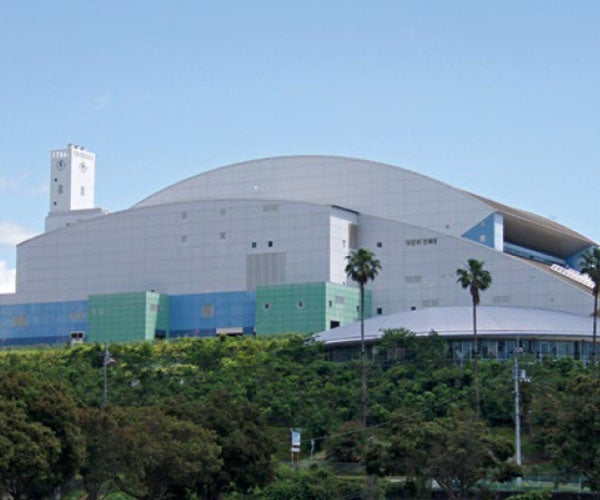
Case Study: GORE® REMEDIA® Catalytic Filter Bags – Municipal Solid Waste Incineration – Kochi City Clean Center, Japan
Case Studies, 107.93 KB
At an energy to waste facility in Kochi, Japan, power was generated by incinerating municipal waste using a stoker furnace, which incorporated pollution control units at the downstream. After heat recovery, the flue gas was further cooled down to 150 °C for the effective carbon adsorption of dioxin/furan. The gas was then passed through a filter baghouse to remove particulates. Finally, the gas was reheated to 210 °C for tail-end NOx reduction by an SCR tower.
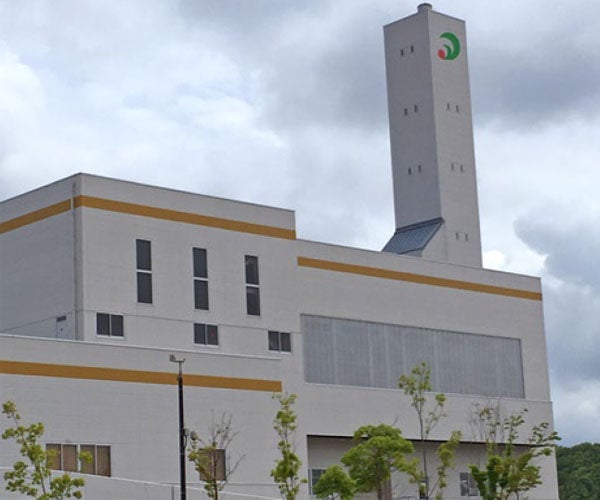
Case Study: GORE® REMEDIA® Catalytic Filter Bags – Municipal Solid Waste Incinerator, Okayama, Japan
Case Studies, 102.71 KB
The construction firm A&E was competing for a new MSW incineration facility at Okayama Prefecture (Japan). One of the facility’s core needs was to meet regulations for post-incineration emissions. As part of the bidding process, A&E committed to finding the best-available technologies to meet the project’s various technical scopes, including controlling post-combustion dioxin/furan emissions, all while minimizing the initial investment and ongoing operating costs.
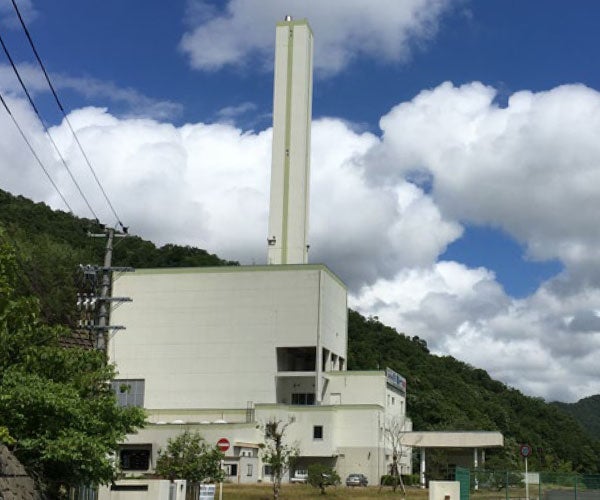
Case Study: GORE® REMEDIA® Catalytic Filter Bags – Municipal Solid Waste Incinerator, Fukui Prefecture, Japan
Case Studies, 119.45 KB
The local government of a city in the Fukui prefecture (Japan) needed to revamp its MSW incineration facility to simplify operations and reduce costs. A key factor for the revamped facility was a potential replacement for its existing pollution control unit, which used a fixed-bed activated carbon with ancillary fire protection system to reduce post-incineration dioxin/furan emissions.
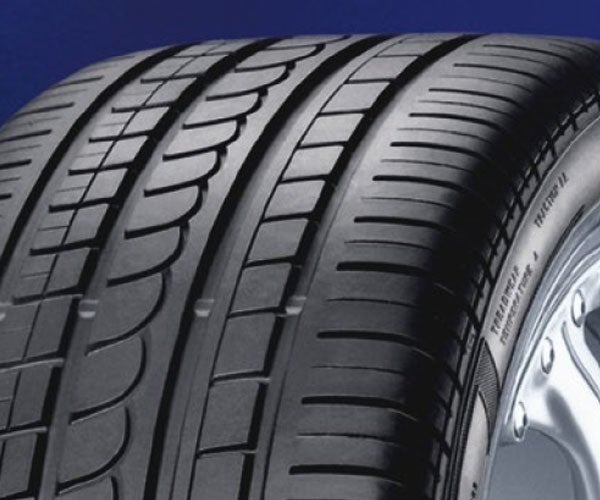
Case Study: GORE® High Durability Filter Bags – Carbon Black
Case Studies, 154.49 KB
Carbon black is produced, sized and conveyed in a powdered form. Dust collectors (baghouses) are used to efficiently collect the carbon black particulate and to control fugitive emissions. The manufacturer faced the need to increase airflow through the reactor (to increase production) and wanted to extend the service life of the filter bags in order to save costs.
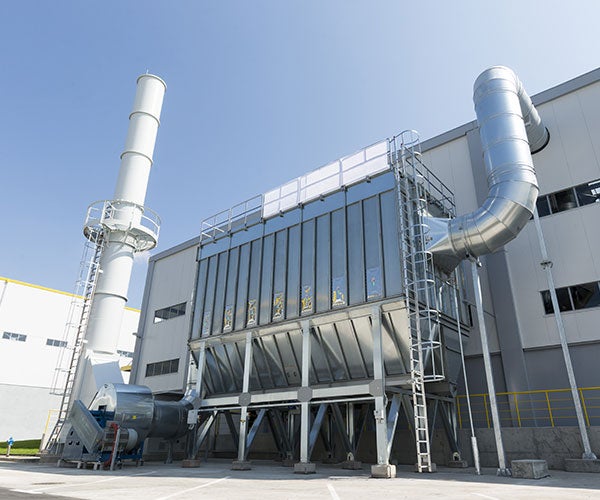
Case Study: GORE® DeNOx Catalytic Filter Bags – Municipal Solid Waste Incinerator, Villefranche sur Saône, France
Case Studies, 177.58 KB
In 2013, the city of Villefranche (France) requested that its municipal waste incinerator reduce its emission levels to < 80 mg/Nm3 NOx and < 10 mg/Nm3 NH3, especially necessary given the plant’s close proximity to the city of Lyon. However, the plant didn’t want to compromise its incineration capacity in its efforts to reduce emissions.
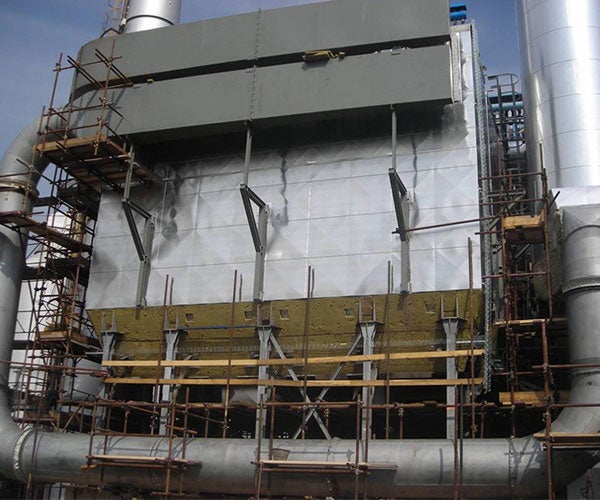
Case Study: GORE® DeNOx Catalytic Filter Bags – Municipal Solid Waste Incinerator, Padova, Italy
Case Studies, 162.97 KB
The HESTAMBIENTE Municipal Waste incinerator, part of HERA group, is located in Padova (Italy). Due to tight regulations, the incinerator needed to significantly reduce its line 1 NOx emissions.
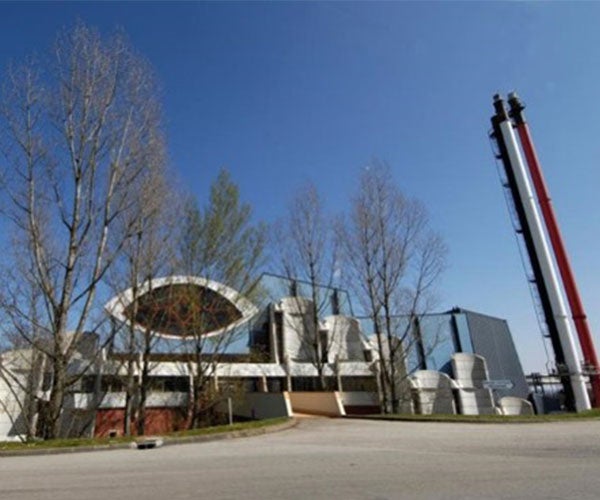
Case Study: GORE® DeNOx Catalytic Filter Bags – Municipal Solid Waste Incinerator, Limoges, France
Case Studies, 157.3 KB
The waste incinerator CEDLM in Limoges (France) was proactively looking for efficient solutions to reduce NOx emissions to a 80 mg/Nm3 level, making them eligible for emission-related tax benefits.
W. L. Gore & Associates, Inc. (Gore) today announced the 20th anniversary of the first implant of the GORE® EXCLUDER® AAA Endoprosthesis, the most-studied endovascular aneurysm repair (EVAR) device on the market, with more than 300,000 patients treated worldwide.
Press Release
Gore Exhibits Next-Gen Fabrics and High-Performance Cables & Materials for Military and Defense Applications at 2017 AUSA
Posted October 2, 2017
Gore will be exhibiting products from both GORE® Military Fabrics and GORE® Cables and Materials engineered to perform reliably on the battlefield and in the air at the 2017 AUSA, October 9-11, Washington, D.C., Booth 2733.